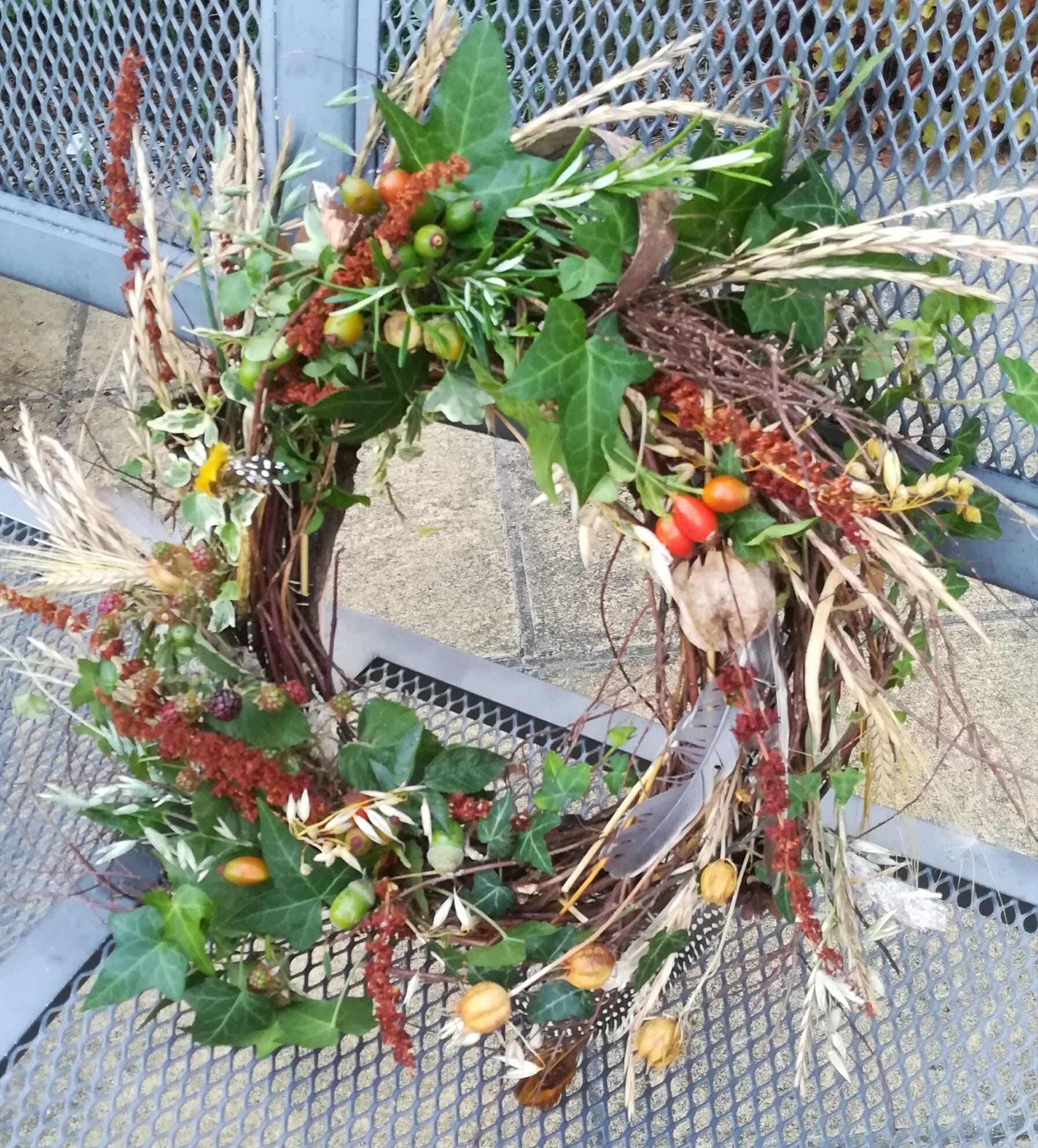I was talking to friends this morning about how our dogs become so much part of the family, for good reason.....they are our companions and confidants, and offer us comfort and unconditional love. And not necessarily just dogs but cats, guinea pigs, horses, whatever your passion.
Some may argue that they are "just" pets, but as devoted pet owners, we have to disagree. Our pets become like children to us, and their passing leaves an indescribable void in our lives. It is natural, then, that we want to find ways to celebrate their lives and help us grieve, much like we would for any loved one.
So, the question is, should we honour our pets in the same way we do for humans? The answer lies within your own heart. If your pet holds a special place in your life, why not celebrate their life and passing? It doesn't have to be elaborate or complicated; simple gestures can make all the difference.
Consider adorning your pet's final resting place with a small posy of flowers or a potted plant. For example, my guinea pigs rest beneath a beautiful rosemary bush – did you know that rosemary signifies remembrance? Including rosemary in a bouquet is a lovely way to pay tribute to your beloved friend. You could even create a posy of greens, carrots, and cauliflower, incorporating all their favourite foods. These heartfelt gestures provide comfort and bring a touch of their essence to the memorial.
Just like with human funerals, I highly recommend taking pictures of these floral creations. They serve as tangible memories of your cherished pet, bringing a smile to your face even during the most difficult times. These images capture the beauty and love shared between you and your furry companion, ensuring their spirit lives on.
It is important to know that there is no right or wrong way to remember and honour our pets. Each tribute is as unique as the bond we shared with them. Whether it's through simple floral arrangements, photos, or any other personal memento, the key is to find what resonates with you and brings comfort to your grieving heart.
In conclusion, our pets are more than just animals; they are family. Their impact on our lives deserves to be acknowledged and celebrated. So, as you mourn their passing, consider incorporating floral memorials as a way to honour and remember them. By paying tribute to their lives, we validate the love and connection we share, bringing solace during this difficult time.

























